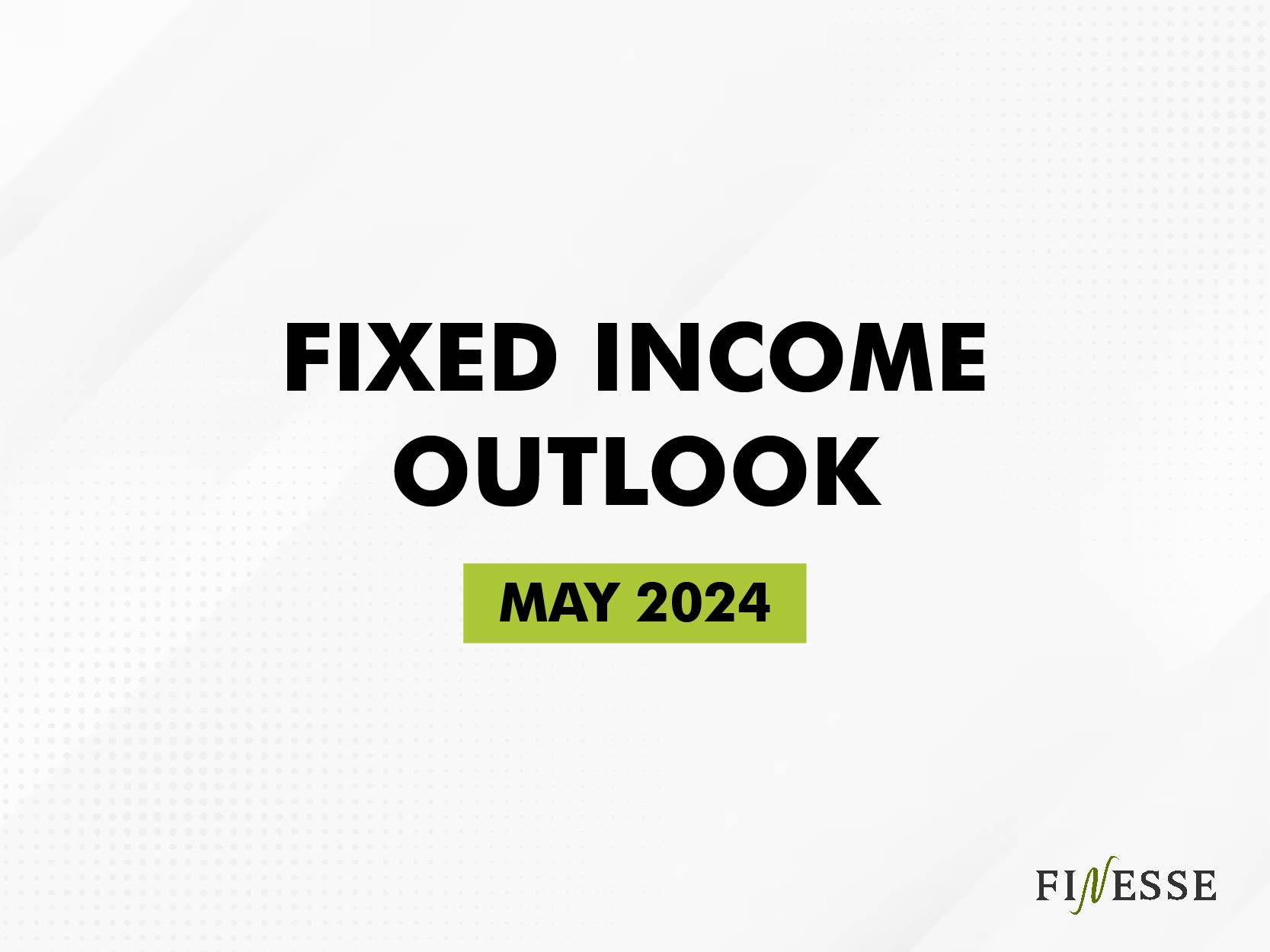
Welcome to this month’s fixed income outlook. We’re breaking down the Fed’s policy, where inflation is heading, and how investors should position debt in their portfolios.
Fed Policy: No Surprises?
The market has consistently been reading the Fed wrong for over a year. Rate cuts have become a “Waiting for Godot” moment for the market. Participants expected the Fed to cut rates last year. When that didn’t happen, the expectations shifted to March, June, and now? The Fed’s priority is crystal clear: inflation to 2% and no backing down. Luckily, the Fed hasn’t been in a tight spot yet: unemployment is under control and inflation is heading in the right direction along a bumpy path.
The Fed decided to keep rates unchanged at 5.25% to 5.50%. It also decided to dial back on balance sheet reduction. Starting June Treasury redemptions will reduce from $ 60 Billion to $ 25 Billion. In our last webinar, we explored how the liability on US treasuries is mounting.
— ithought (@ithoughtadviser) May 3, 2024
Inflation: It’s Not Over Until It’s Over
Housing inflation is likely to cool because of the lags in reported data. According to the Fed, the worrisome components are non-housing and goods inflation picking up in 2024. Goods inflation is a little easier to tackle with supply-side interventions. Services inflation can be sticky for longer. Inflation is still front and centre of policymaking in India and the US.
Inflation could be the reason that global monetary policy diverges in 2024. The Fed is adamant about bringing inflation back to 2% at all costs. The RBI is cautious of where inflation could head since risks are evenly balanced. The Bank of England announced that it won’t simply follow the Fed. Similarly, the Eurozone seems more concerned about a recession. Meanwhile, Japan is welcoming inflation and transitioning into a new monetary order. China’s policy is focused on reviving growth.
How Should Investors Approach Fixed Income Today?
Fixed income is a winning asset class in today’s market. Equity valuations are expensive and recency bias is prevalent. There is an urgent need to restructure portfolios, scale them differently, and be more patient with investment decisions. In this context, fixed income is the perfect asset class for investors to pause or pivot into.
Moreover, fixed income is favourable from a cyclical perspective. Interest rates are near the top and could stay there for longer. This enables both long and short-duration assets to perform well. The yield curve is shaping up – creating more room for opportunities.
Investors often ask where they should allocate fixed-income capital. The question worth pursuing is what pitfalls to avoid in this market. Charlie Munger once said that most problems can’t be solved forward. It’s time to solve the fixed income question backwards.